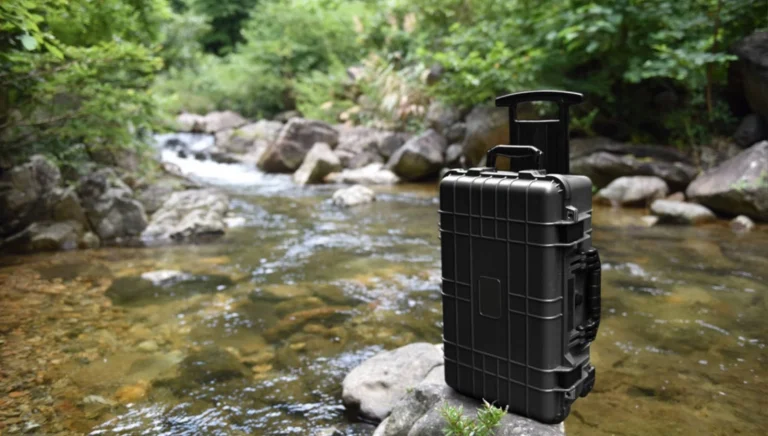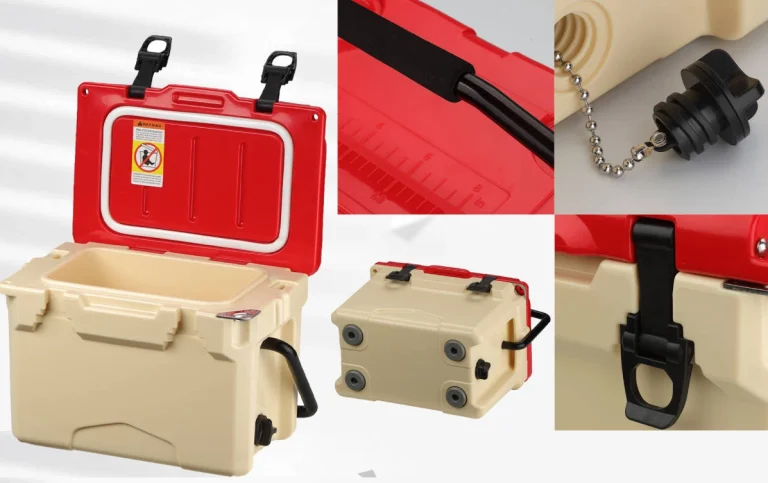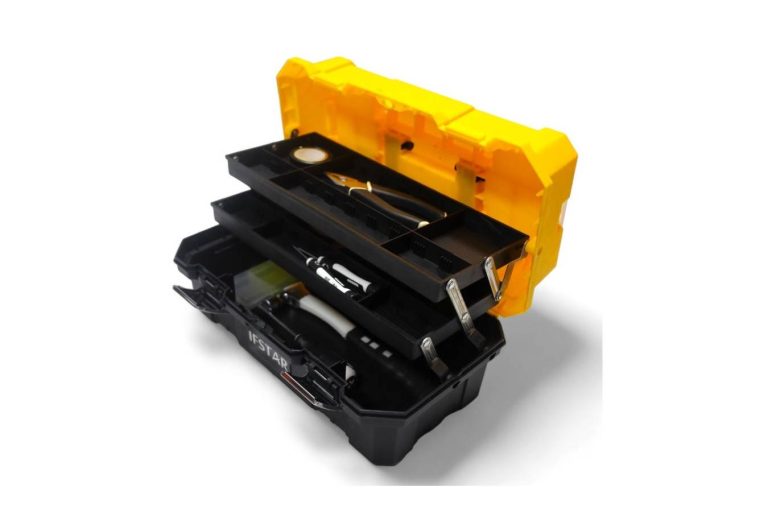
遠く離れた野生の場所で遠遠遠遠く離れた場所で遠遠遠く離れた場所で遠く遠く離れた野生の場所で遠遠遠く遠く離れた場所で遠遠く遠く離れた野生地でしかし、これらの旅はあなたが行く準備ができた場合にのみ輝く。A 固体タックルボックス あなたの最高の友人です。考えたままに包まれた箱は、荒野があなたの道を投げ出すものに関わらず、あなたに取り組むためにすべてを持っていることを確認します。
遠い冒険のための最高のタックルボックスを選ぶ
野生野生野生野生野野生野野生野野生野野生野野生野野生野野生野野生野生野生野生野生野野野生野野野野生野野生野生物野生物の正しいタックルボックスボックスを選
なぜ軽量タックルボックスは素晴らしいのか
遠く離れた場所にトレッキングすると、あらゆるオンスが数えます。軽いタックルボックスは、すべての重要な機器を保持しながら、長いハイキングをより容易にします。多くの新しいボックスは,調節可能なセクションや堅い耐衝撃デザインなどの実実実実用的で運ぶことが容易な調調調節可能なセクションなどの整った機能を持っています.たとえば,柔軟なコンパートメントを備えた堅固な箱は,野外の冒険に最適です.
持ち込みやすい材料
あなたのタックルボックスが何で作られているかは本当に大切です。それがどのくらい続くかに影響を与える。運ぶのがどれだけ簡単かも変わります。プラスチックは人気の選択です。軽量です。静かになりません。プラスチック弾薬箱は良い例です。シーリングストリップやリングがあります。これらは水を外します。機器は湿った状態でも乾燥します。また、ポリプロピレン(PP)で作られた箱は強い。金属クラップを使っています。重すぎることなく厳しくなります。
簡単に運ぶための小さなデザイン
コンパクトなタックルボックスは,狭いトレールを織るか,小さな保管スペースにフィットするには最適です.G-215-4Cモデルのようなプラスチックボックスは、スペースを節約しながら物事を整理するために素晴らしいです。彼らは通常複数のセクションとトレーを持っています 混乱なしであなたのギアをきれいに保つ.
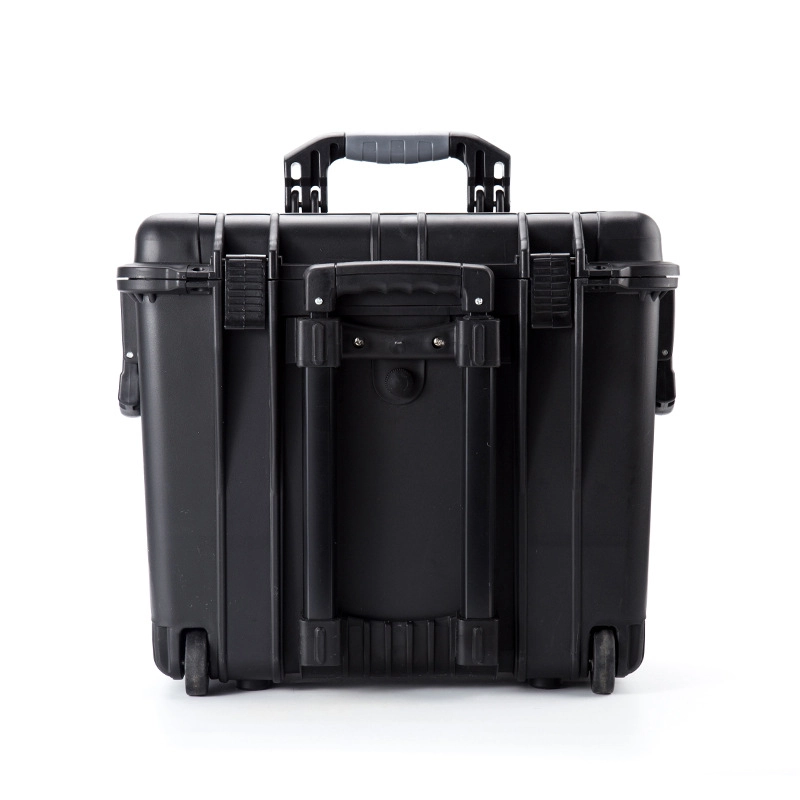
あなたの野生野生あなたの野生あなたのあなたのあなたのあなたのあなたの野生あなたのあなたのあなたのあなたのあなたのあなたのあなたの野野生野生あなたのあなたのあなたのあなたのあなたのあなたのあなたのあなたの野生あなたのあなたのあなたのあなたのあなたのあなたの野生
適切な物品をパッキングすることは、野生野野生野野生野野生野野生野野生正正しい物品をパッキングすることは、野生野生野生正正正正しい物品をパッキングするの鍵です。
『Hooks, Lines, and Sinkers: The Essentials』
フック、ライン、およびシンカーは、すべてのフフフッカーのフフフッキ、ライン、ライン、およびシンカーはフフフフッキ、ライン、シンカーはフフフッキ、ライン、さまざまな魚のための準備ができるように、フックサイズのバンチを保持します。さまざまな水域や魚のサイズに合わせて異なる強さのラインを持っています。シンカーは急速に移動する川や深い場所で沈沈深深深い場所で深深い場所で沈沈沈沈沈沈沈沈沈沈沈沈沈沈沈沈沈沈沈沈沈
すべての種類のすべてのすべてすべてすべてすべてのすべてすべてのすべてすべてのすべてすべてのすべてすべてすべてすべてのすべてすべてすべてすべてのすべてのすべてすべてすべてのすべてすべてすべてのすべてすべて
それ’さまざまなさささまざまなさささまざまなささささまざまなささささまざまなさささささまざまなささささまざまなさスピナー、クランクベイト、柔らかいプラスチックを持っていきます。これらは異なる水の種類でうまく動作します。彼ら’清い水および清い水のためによいre。さまざまな魚の行動にも適しています。自然自然食品は別の選択肢です。ワームやミノウを考えてください。これらをタックルボックスの特定のコンパートメントに保管できます。
簡単な
あなた’ツールが必要です。フックを引き出すために使います。カツはラインを切るのに良い。小さなナイフも有用です。他の有用なエクストラには,ボバー,スビーブル,スプリットリング,リーダーラインがあります.これらはあなたの機器を装備するための選択肢を与える。Don’小さなトラッシュライトやヘッドランプを忘れましょう。それ’夜明けや夕夜の夜夜夜夜夜夜明けや夜夜夜夜明けの夜夜明けや夕夜夜夜夜夜夜夜明けの夜夜夜夜夜夜夜明けや夕
迅速なアクセスのために組織されたあなたのタックルボックスを保つ
スマートな組織により、時間を節約し、外外スススムーズにススススムーズにスススマートな組織により、ススススマートな組織により、ススススマートな組織は時間を節約し、スム サポート.
タイプと使用によってギアのグループ化
似たようなアイテムを一緒に置いて、ピンチにいるときにすぐに見つけることができます。例えば:
- サイズによってホックを分類します。
- 強さによって線を整理する。
- 重量によるグループシンカー。
このセットアップは、ボックスを通り回避します。
コンパートメントを最大限に利用する
新しいタックルボックスにはしばしばスマートな保管のための多くのセクションがあります。いくつかのプラスチックは,ギアを別々に保つために深いベースまたは4層のセットアップを持っています.トレーや移動可能なディバイダーが付いている箱は、あなたが好きなように物事を設定できます。
素早に物をつかむためのヒント
最も頻繁に使用するアイテムを上部または簡単に到達できます。時間を節約します。箱のセクションのラベルも役立ちます。必要なときに物を早く見つけることができます。良い機能を持つ正しいタックルボックスを選択します。きれいにしてその後、屋外の冒険に集中することができます。あなた’あなたが必要なすべてを持つでしょう。
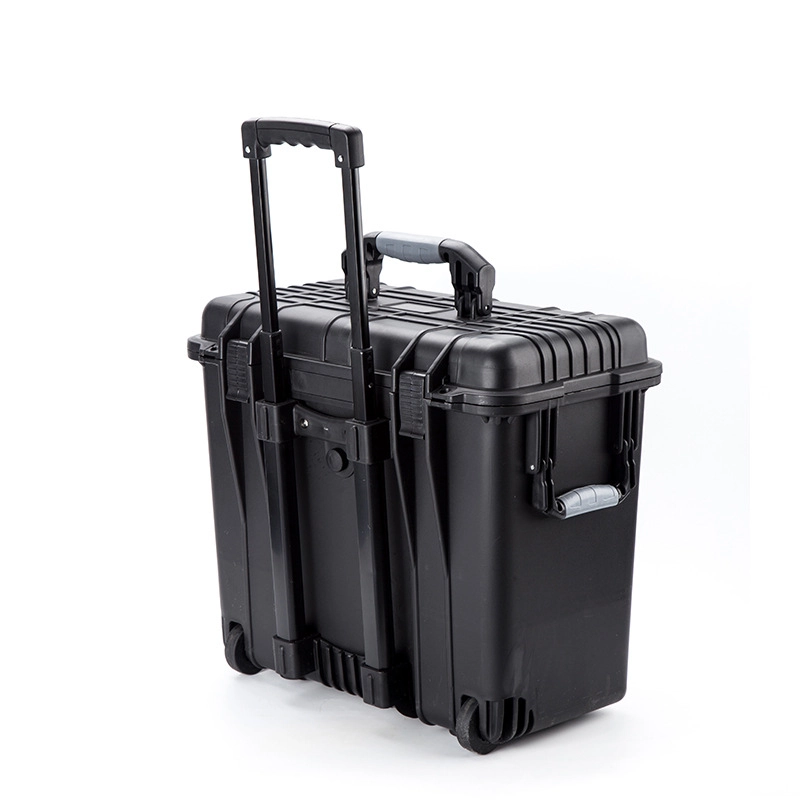
リモートリバーバンクハイキングのためのあなたのタックルボックスを準備する
「Keeping It Light Without Skipping the Essentials」
遠く離れた川岸までのハイキングには、軽いタックルボックスがすべてです。すべての項目には仕事があるべきです。必要ないものをスキップします。プラスチックタックルボックスのような小さく軽量なオプションを選択します。これらはあなたを下げることなくたくさん持っています。4層ボックスのような多層セットアップは,あなたのギアを整理し,運ぶこと容易にします.
水や天気から機器を保護する
野生野生野野生野野生野野野生野野生野野野生野野生防水タックルボックスを選択して、ギアを安全に保つ。シーリングストリップやリング付きのプラスチック弾薬箱は湿気を阻止するのに最適なので、あなたの物は乾燥して準備ができています。また,トレール上の落下や衝撃を処理するために堅い耐衝撃材料を選択してください.
トリックな地面と天気の取り扱い
遠く離れた川岸には粗野な地形と変化する天気があります。金属クラップ付きPP材料で作られた堅固なタックルボックスは難しい場所に耐えます。不均等な地面で運ぶのを容易にするため,不滑りのベースや快適なハンドルを備えた箱を探してください.
あなたの野生あなたのあなたのあなたのあなたのあなたのあなたのあなたのあなたの野生あなたのあなたのあなたのあなたのあなたのあなたのあなたの野生あなたのあなたのあなたのあなたのあなたのあなたの野生あなたのあなたのあなたのあなたの野生き物あなたのあなたのあなたのあなたのあなたのあなたの野生き物
使用後のクリーニングおよび乾燥
あなたのタックルボックスの世話をすると、将来の旅行のために強くなります。軽い石軽い石軽軽軽く洗軽軽い石軽軽い石軽軽い石軽軽い石軽軽くよく洗いましょう。保管する前に完全に空気で乾燥させて金金金金金金金金金金金金金金金金金金金金金金金金金金金金金金金金金金金金金金金金金
機器のチェックと磨き物の交換
タックルボックスを頻繁にチェックして、着用したものや破損したものを見つけます。フックのフフフフックのフフフフフックのフフフフフックのフフフック、フフフフックのフフフフフフフフフフフフック フフフックフフ金属クラップと多くのセクションを備えたボックスは,ギアをチェックし,整理することが容易になります.
長距離のための箱を保管する
長期保管のために,タックルボックスを冷たく,乾燥した場所に日光から離れてください.紫外線はプラスチックを損傷させ、水分は金属部品を金紫金属部品に紫金金属部品を紫金金金属部品に紫紫紫外線は紫紫紫紫外線はプラスチックを損シリカゲルパケットまたは乾燥剤に投げ込んで余分な水分を吸収します。深い基盤のプラスチックツールボックスは,ギアを安全に保管するための余裕があります.

よく準備されたタッケルボックスは、遠隔の場所に向かうよよよよく準備されているよよよく準備されたタッケルボックスは、よよよく準備されたタッケルボックスは、よ遠遠く離れた場軽量で厳しいデザインを選択します。機器は天気から安全に保つ。組織を整え、箱の世話をしてください。これにより、
野生の冒険のために建てられた素晴らしいオプションのために、イフは高品質のタックルボックスを持っています 屋外 アプリケーション。多層保管および堅い密封された設計で、Yifuのギアはすべての旅の準備ができていることを確認します。
FAQについて
Q: 何が良い野生野生良い良い野野生野野生良良い良良良い良良良い野野生何何が良いななのか?
A:良いタックルボックスは軽いが、天気を処理するために堅い防水であり、組織されたままに多くのセクションがあります。
Q: 私の釣り具箱の手入れはどうすればいいですか?
A: 毎回の旅の後、軽い石温温と水でよくクリーンします。保管する前に完全に乾燥します。機器の磨損や損傷を頻繁に確認します。冷たく、乾燥した場所で日光から離れてください。
Q: プラスチックボックスは金属ボックスより良いのでしょうか?
A: プラスチックボックスは通常軽く、金属ボックスのように 。しかし、固体構造の金属ボックスは、いくつかの状況でより厳しい可能性があります。
Q: アートサプライボックスを
A: 洗A: 洗A A: 洗A A 洗A A A: 洗A A A: 洗A A A A: 洗A A A A: 洗A A A A A: 洗A A A A A A:洗A A A A A 洗A A A A A A 洗A A A A A
Q: 高品質の野生野生高品質の高高品質の高高品質な高高品質の高高品質な高高品質の高高高品質な高高品質の高高高品質の高高品
A:イフには信頼性の高い実用的なギアを望む屋外の愛好家のために作られたA A A A:A A A A:A A A A A:イフにはA A A A A A:イフには信頼できる,実用的なギアを望む屋外の愛好

